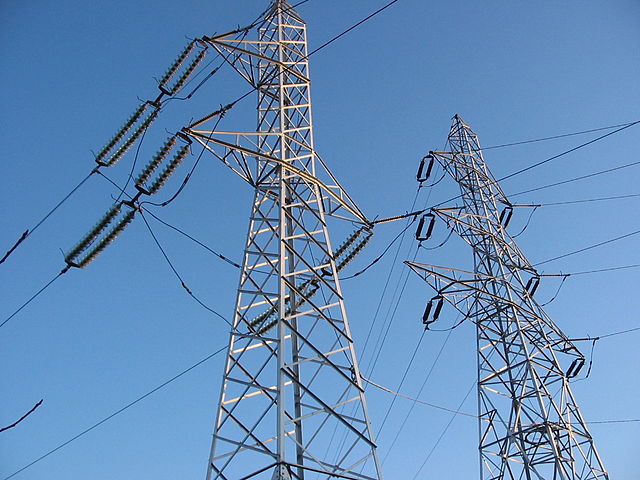Any time a company’s earnings report is overshadowed by conversations about the weather (more specifically, how milder weather in Ontario combined with multiple flash storms impacted earnings), investors need to assess the information presented and determine whether the most recent earnings miss was due to one-time events and should be written off or if underlying issues persist for a company that can be so adversely impacted by weather patterns.
All utilities companies have some exposure to the weather; electricity usage may be significantly lower in times of mild weather vs. the more typical harsh Canadian weather experienced in Ontario. Heavy rain or storms can also cause significant increases in costs for utilities companies tasked with keeping the lights on in an expansive province. In that sense, most Canadian utilities companies should have felt this impact across the board, right?
Here’s where one of the most significant issues persists for Hydro One Ltd. (TSX:H) — the utilities company is simply not geographically diversified enough. Any time regional weather patterns and a single provincial government can dictate profitability via an “interest rate-driven reduction in allowed ROE,” investors may feel like there are simply too many variables outside their control with Hydro One relative to other options available on the TSX. For a sector which is typically looked to for diversification purposes, in this regard, it appears Hydro One is significantly lagging its peers.
The impact of poor weather as well as the reduction in allowed ROE by the Ontario government from 9.19% to 8.78% during this last quarter were enough to hamper net income by 23% year over year for Hydro One. Revenues also decreased by more than 11% during the most recent quarter compared to the previous year, reflecting some of the demand concerns previously mentioned.
In an effort to catch up to competitors and gain ground in terms of geographical reach and diversification, Hydro One’s management team recently announced the proposed acquisition of U.S. utilities company Avista Corp. for $6.7 billion. The outcome of this acquisition remains unclear, and while this deal may be viewed by some as a step in the right direction for Hydro One, I have maintained the view that Hydro One has overpaid for these assets, forced into a situation where it needed to diversify, rather than addressing this strategic issue earlier on.
Bottom line
In an effort to follow the lead of other large Canadian utilities in purchasing U.S.-based assets, I fear that Hydro One has found itself in the “laggard” boat, one which includes other Canadian companies that have not diversified as broadly, and as quickly, as its Canadian counterparts. Companies such as Canadian Imperial Bank of Commerce in the banking sector have also found themselves in such a situation; acquiring assets becomes increasingly expensive compared to peers that decided to make a strategic decision to pick up U.S. assets after the Financial Crisis at bargain prices.
Hydro One will be operating at a disadvantage to many of its Canadian peers due in large part to the fact that its input costs will be higher, leading to likely underperformance in the company’s internal ROE and other key metrics for the foreseeable future.
Stay Foolish, my friends.








